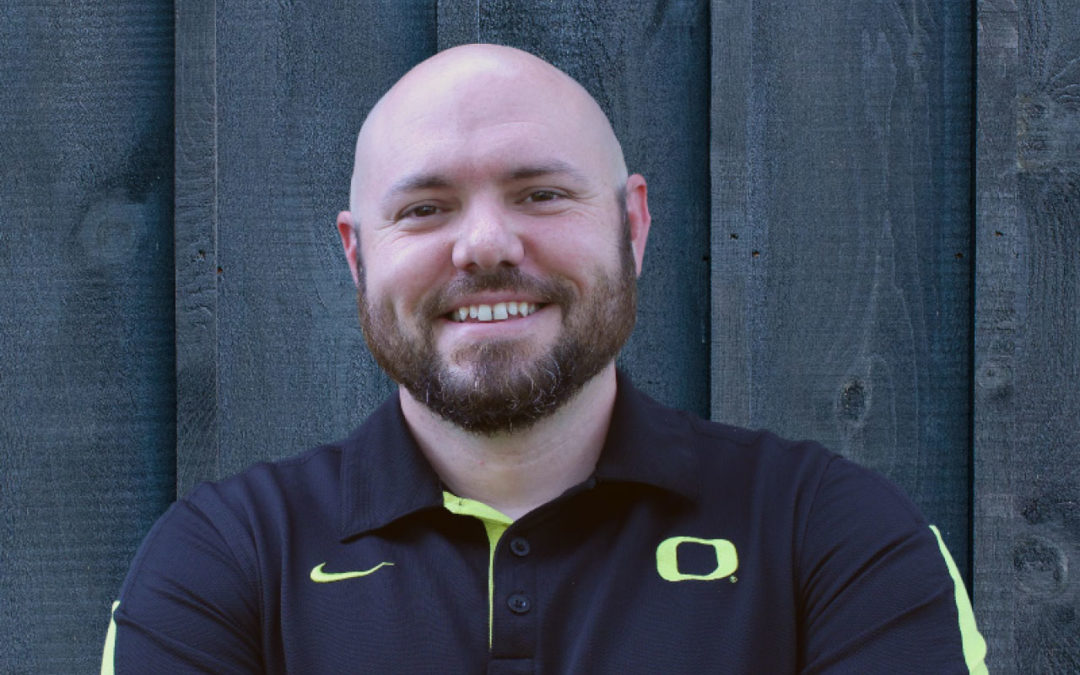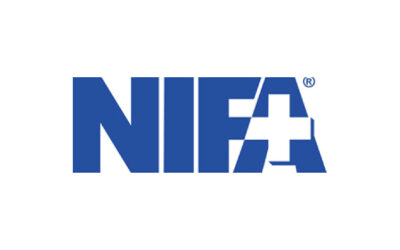By Brandon Huffman, BS, CRCST, CIS
 Imagine recovering at home after receiving a lifesaving surgical procedure last week. That whole incident was scary, but you’re glad it’s in the rear-view mirror. You’ve been in pain from the procedure itself, but you generally have started to feel better the last couple days. Then, you wake up this morning feeling awful. You feel tired and miserable and you start spiking a fever. “What in the world is happening?” you ask yourself.
Imagine recovering at home after receiving a lifesaving surgical procedure last week. That whole incident was scary, but you’re glad it’s in the rear-view mirror. You’ve been in pain from the procedure itself, but you generally have started to feel better the last couple days. Then, you wake up this morning feeling awful. You feel tired and miserable and you start spiking a fever. “What in the world is happening?” you ask yourself.
Your spouse calls the doctor to explain your current status and is told to go to the emergency room right away. As if your trauma from last week wasn’t enough trouble, now you’re once again scared not knowing what is brewing within your body to make you feel so horrible. Here you are again in the emergency room where it all started last week, and here comes that lab technician with more needles to poke you with. After some uncomfortable belly imaging and an eternity of waiting on results, your doctor breaks the news, you have a surgical site infection. She is going to start you on some powerful intravenous antibiotics and hopefully avoid having to surgically go back in to wash out your surgical site. “Go back in? How could this possibly have happened?” you ask yourself in terror.
I wish I could say this was a rarity, but surgical site infections are a significant problem in the United States. As an infection preventionist, I spend a lot of time reviewing infections to get a better understanding of what processes broke down and investigating what may have contributed to the infection in the first place. There are many things that can go wrong to contribute to an infection, but today I want to talk with you about infections resulting from sterile processing complications. When it comes to surgical instrumentation, sterile processing plays a critical role in the prevention of surgical site infections.
The first area of concern is always cleaning. If all bioburden is not removed from an instrument it can provide a protective barrier to organisms underneath that may allow them to survive sterilization. And cleaning always starts at point of use. The myth I constantly run into is that sterile processing is responsible for cleaning, not the operating room. This may appear true in a broader sense, but the Association for the Advancement of Medical Instrumentation (AAMI), the Association of Operating Rooms Nurses (AORN), and the Association of Surgical technology (AST) all agree that cleaning is a shared responsibility. The sooner that bioburden is physically removed from dirty instruments, the greater the success for proper reprocessing of that instrument. Whomever uses that instrument at point of use is responsible to start the cleaning process, end of story.
The next area of concern is instrument inspection. Bioburden can be extremely difficult to see with the naked eye especially when you take into account department lighting, age of the inspector and location of the bioburden on the instrument. Sterile technicians need proper tools to illuminate and magnify the instruments they are assigned to inspect. Not to mention appropriate time to perform the inspection.
Our next area of concern is sterilization. When performed correctly, sterilization can kill 100% of organisms that may be living on the instruments. “Performed correctly” is a bit of an understatement when it comes to the magnitude of nuances that can affect proper sterilization. The manufacturer’s instructions for use must be followed for proper packaging of the instrument, and also following the correct sterilization type and parameters. Sterilizers must also be loaded correctly in the right configuration to allow proper penetration of sterilant. This all is hopefully taking into account that you routinely test the efficacy of your sterilizers’ killing capabilities via biologicals in process challenge devices.
And our last stop for concerns is the storage and final inspection of instruments when presented to the sterile field. Sterile storage must maintain proper temperature and humidity and be free from excess traffic stirring up dust and microorganisms. Upon opening instruments in the operating room, tamper evident devices must be checked including locks on sterile containers or tape on wrapped trays to ensure sterility was maintained between sterilization and surgery. Once the instruments are received by the surgical technician or nurse on the sterile field, this is the last chance to verify cleanliness before use. Many times in my career, I have come across instruments that were opened to the sterile field that were found to be dirty. These are always great catches by our surgical teams, but absolutely concerning to me as a health care professional. I often wonder how dirty instruments got through so many checkpoints. And, even more worrisome, is how so many make it through this last checkpoint that we don’t even know about?
Cleaning, disinfecting and sterilizing is an extremely tedious and complicated process in today’s surgical instrumentation world. Instruments are becoming more complex, harder to clean, and hospitals continually get tighter with staffing levels and their ability to maintain skilled sterile technicians who are fully competent. With so many things that can complicate surgery and lead to surgical site infections, you don’t want your sterile processing department processes to be one of them.
Brandon Huffman, BS, CRCST, CIS, is an infection preventionist and quality and improvement professional for the PeaceHealth Oregon Network.








